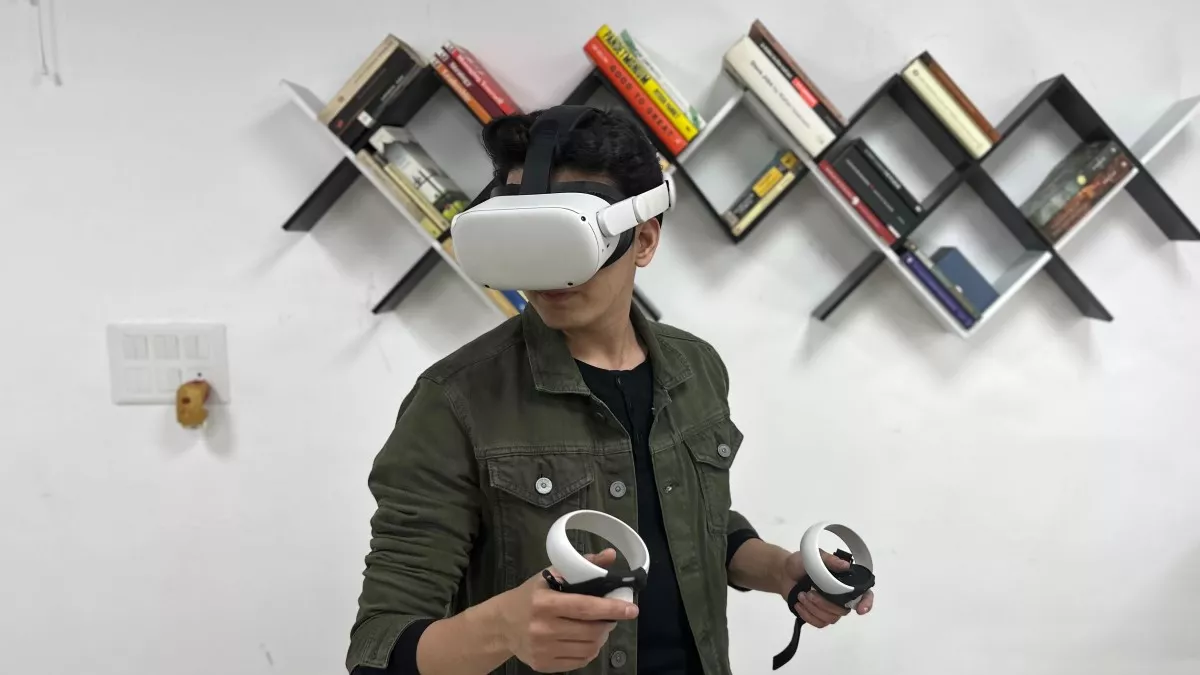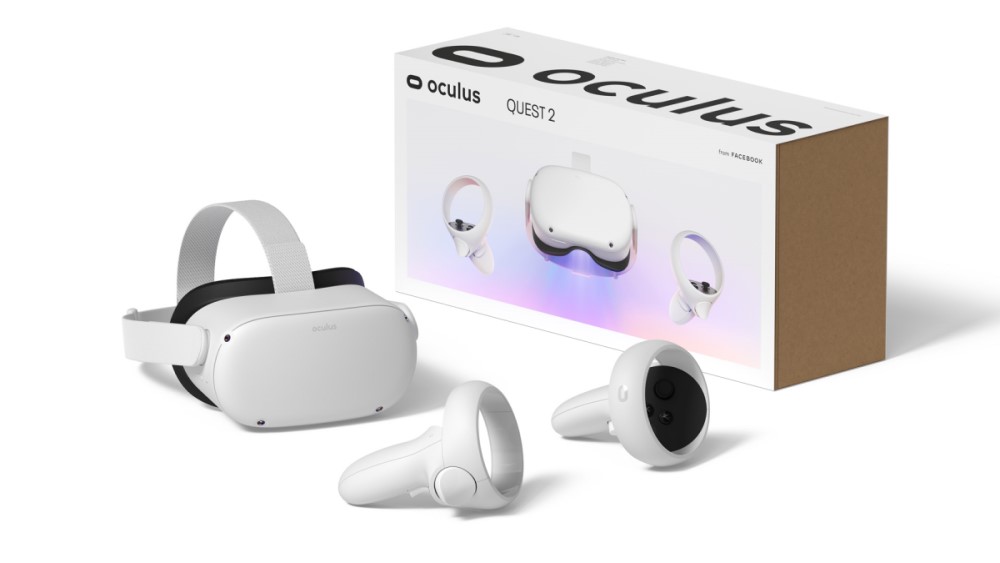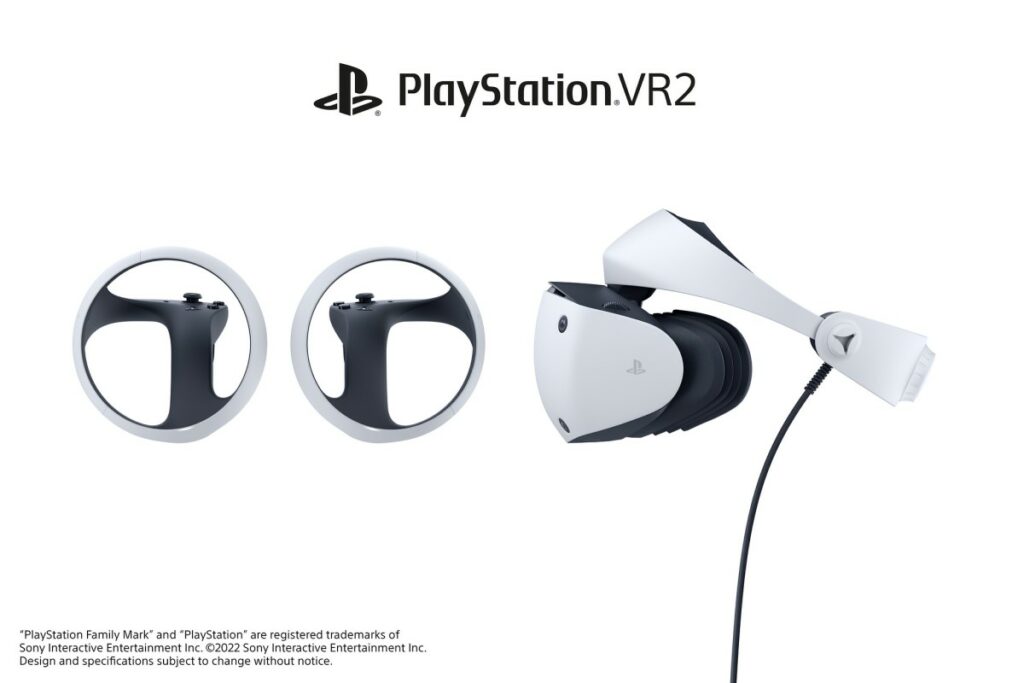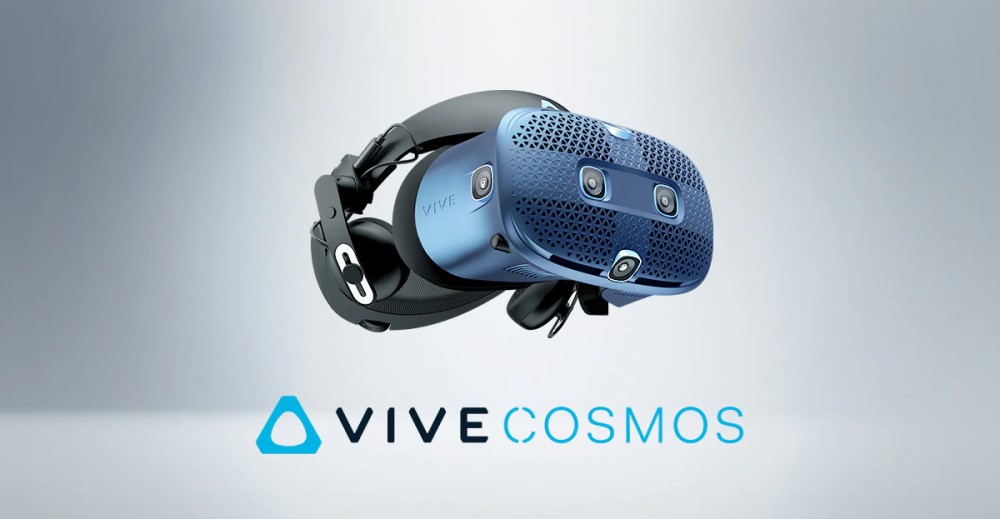Here Are The Best VR Headsets To Buy In 2023

Virtual Reality (VR) is slowly but surely taking over the tech world. Even Mark Zuckerberg has invested billions of dollars in making the metaverse a reality. However, the metaverse might take a few years to get here. Until then, try out some of the best VR headsets to see what the virtual world offers.
For many years VR has only been used for gaming and not much else. However, VR headsets can now provide other forms of entertainment. But users also want to use the best product possible, especially if they are using VR for the first time.
There are many VR headsets with different configurations, such as resolution, standalone capabilities, image quality, games library, and more. We have made sure to give an overview of all the best VR headsets available in the market right now.
You can also check out our other VR guides for the best VR games and movies. We have also made a guide for free VR games for new users. Now, without further ado, let’s check out the best VR headsets of 2023.
Best VR Headsets to buy in 2023
Many VR headsets are available on the market right now, coming from major and lesser-known brands. These companies are also actively working on new VR headsets that will launch in the foreseeable future. However, today we will be focusing on Meta Quest 2, Pico 4, Valve Index, PSVR, HTC Vive Pro 2, HP Reverb G2, and more.
1. Meta Quest 2 (standalone VR headset)

Formerly known as the Oculus Quest 2, this product is arguably the best VR headset. The Meta Quest 2 is different from all the other VR headsets as it does not require a high-end PC. It is a standalone VR headset capable of running VR games and applications natively.
Combined with the fact that it’s the cheapest VR headset at just $400, it is a must-have for every VR enthusiast. As for the specs, the headset has an LCD with an 1832 x 1920 per-eye resolution. It also has 6GB of RAM and is powered by a Snapdragon XR2 chip.
It is quite a decent piece of hardware as far as VR headsets go. Meta has also replaced the 64GB version with the 128GB, removing the device’s only limitation: storage. The headset also has built-in hand tracking, which is semi-decent if you are not picky about accuracy.
The Quest 2 also has the most extensive catalog among all VR headsets. This is due to PC VR games that users can access easily through SteamVR. You can also get many free VR games through sideloading applications like Sidequest. For more information, check out our review of the Meta Quest 2.
Pros
- Standalone VR headset
- Extensive library (Quest store, SteamVR, and Sidequest)
- Hand tracking
- No PC or cable needed
- Affordable price
Cons
- Small battery
- Low-quality head strap
- Controllers require AA batteries
2. Pico 4 / Pico 4 Pro

In terms of specs, the Pico 4 VR headset is definitely the best VR headset in the market. The VR headset is quite similar to the Meta Quest 2 and even features standalone capabilities. The headset comes with a Snapdragon XR2 chipset with 8GB of RAM and comes in 128/256GB storage variants.
The Pico 4 also features one of the best displays of any VR headset, with 2,160 ✕ 2,160 per eye resolution. The dual LCD display is capable of running at 90Hz with 105-degree FoV. Due to its use of Pancake lenses, it is also one of the smallest VR headsets on the market right now. It even features color passthrough and mixed reality features.
The Pico 4 VR headset is definitely superior to the Meta Quest 2 in terms of specs and price. Compared to the Quest 2, the Pico 4 has many advantages, such as better resolution, color passthrough, thinner design, better strap, and a lower price.
However, it should be noted that the Pico 4 standalone games library is severely limited compared to the Meta Quest headsets. The Meta Quest has access to many exclusive standalone VR games, such as Resident Evil 4, Beat Saber, and many more coming in the future.
The Pico 4 Enterprise/Pro variant also features eye and face tracking just like the Quest Pro. Unfortunately, the Pico 4 is only available in Europe, China, Japan, and South Korea. If you live in Europe, it is also cheaper than the Meta Quest 2.
Pros
- Standalone VR headset
- Extensive library (Pico store, SteamVR, and Sidequest)
- Hand tracking
- No PC or cable needed
- Cheapest VR headset
Cons
- Limited to certain regions
- No headphone jack
3. Valve Index

Valve Index is one of the premium PC VR headsets on this list. If you want a high-end VR experience, this is your headset. One of its most standout features is the Index controllers, which are the best for VR interactions.
Index controllers are pressure-sensitive and can track all five fingers. This is great for VR applications that use body tracking. Speaking of body tracking, the Valve Index uses external “lighthouse” boxes to track all user movements.
However, these boxes need to be set up in your room first, as the headset tracks the user by itself. Users will also need to be tethered to the PC via a cable. The headset itself is pretty good, as it features a 144Hz LCD with a wide field of view and excellent audio.
It’s a shame that the headset is priced at $999, making it a VR headset for only high-end users. Hopefully, Valve’s upcoming standalone VR headset can make up for all the limitations of the Valve index.
Pros
- Full-body tracking
- Wide field of view
- Vive hardware compatibility
- Good controllers
Cons
- Heavy
- Difficult setup
4. PSVR/ PSVR 2


If you own a PlayStation console, the PSVR headset is the best option. Although the hardware might be a bit old, the PlayStation ecosystem is still home to some of the best VR gaming experiences. Sony has also confirmed that the PSVR 2 will launch in February 2023 for the PS5.
Unlike Microsoft, Sony is not behind in the VR space and actively creates new experiences for its users. Sony is home to many exclusive VR games, but that doesn’t stop it from actively expanding its library. Users can play games like Star Wars Battlefront: Rogue One X-Wing Mission, Eve: Valkyrie, Batman: Arkham VR, Astro Bot Rescue Mission, etc.
Additionally, you can still use the old PSVR with PS5 if you have the controller, camera, and adapter. It is one of the cheaper headsets on this list, coming in between $300-$400 (Depending on the model). However, if you want to buy the new PSVR 2, check out our guide on how to pre-order the headset right now.
The new PSVR 2 is a high-end VR headset with new sense controllers and 4k HDR support. In terms of visual fidelity, it has a display resolution of 2000×2040 per eye and a 90/120Hz OLED screen. It will even feature haptic feedback, adaptive triggers, and new sensory features such as eye-tracking, headset feedback, and 3D Audio.
Pros
- Exclusive VR games
- Easy setup
- Affordable
- Good tracking
Cons
- Low visual fidelity
- Requires a PlayStation Camera
- Requires a PS4/PS5
5. HTC Vive Pro 2/ HTC Vive Cosmos


HTC has been a big player in the VR hardware industry for quite a few years. They have three separate lines of VR headsets, namely the HTC Vive Pro 2, HTC Vive Cosmos, HTC Vive Flow, and HTC Vive Focus 3. Each headset brings something different to the playing field.
All HTC VR headsets also have access to the Viveport store, which offers a subscription-based service for unlimited access to VR experiences. HTC Vive Focus 3 is a standalone VR headset but is mostly enterprise-focused. However, we still have the HTC Vive Cosmos and the HTC Vive Pro 2.
The HTC Vive Pro 2 is considered a premium VR headset due to its excellent resolution. It features a 90/120 Hz LCD with 2448 × 2448 pixels per-eye resolution. The headset costs about $799 by itself, and you can buy the controllers and base stations separately ($1,399 total).
The HTC Vive Cosmos is a more affordable PC VR headset at $799. Thanks to SteamVR and HTC’s Viveport library and subscription service, it has access to a vast library of VR games. However, the headset is quite old and doesn’t have the best resolution.
Pros
- Huge library of games
- Viveport infinity subscription service
- Precise tracking
Cons
- Expensive
- Difficult setup
6. HP Reverb G2

HP Reverb G2 is another high-end VR headset that is quite affordable at $599. It is made for serious gamers who love VR games and want excellent visual quality. It features a 90Hz LCD screen with 2160p per eye resolution and 114 degrees FoV.
The headset also features built-in camera-based room-tracking, which is more convenient than external base stations. In terms of tracking, the headset uses IMU gyro sensors that predict movements beyond the tracking area. This feature helps in making hand tracking feel good even without base stations.
The headset uses Microsoft’s mixed reality VR controllers, which are not that great. The only other limitations of this headset are the lack of a headphone jack. I am not sure about the headset’s reliance on Windows Mixed Reality, but it does have some cool features.
Pros
- High-resolution display
- Comfortable design
Cons
- Mediocre controllers
- No headphone jack
Other VR Headsets (Honorable mentions)
Many products couldn’t make it onto our best VR headsets list but still deserve mention. The following are some notable products available in the market right now.
- Meta Quest Pro
- Pimax 5k series
- Pimax Vision 8K series
- Pico Neo 3 series (standalone)
- Varjo Areo
- HTC Vive Flow
Upcoming VR headsets
There are a lot of VR headsets that might be released in 2023. The PSVR 2 has already been confirmed for a February 2023 release. Meta Quest 3 standalone VR headset has also been leaked and is rumored to make its debut during Meta Connect 2023.
HTC is also developing a new standalone VR headset that will feature a lightweight glasses mode. Finally, there’s Apple which has long been rumored to release its new VR/AR glasses in 2023.
We hope you found our list of the best VR headsets helpful in deciding what product to buy. Many VR headsets are projected to be released soon, so make your choice based on that. Let us know which headset you are looking to buy in the comment section below.




![Valorant Tier List Best Agents In Valorant [Update 1.10]](https://fossbytes.com/wp-content/uploads/2020/10/Valorant-Tier-List-Best-Agents-In-Valorant-Update-1.10-768x432.jpg)

